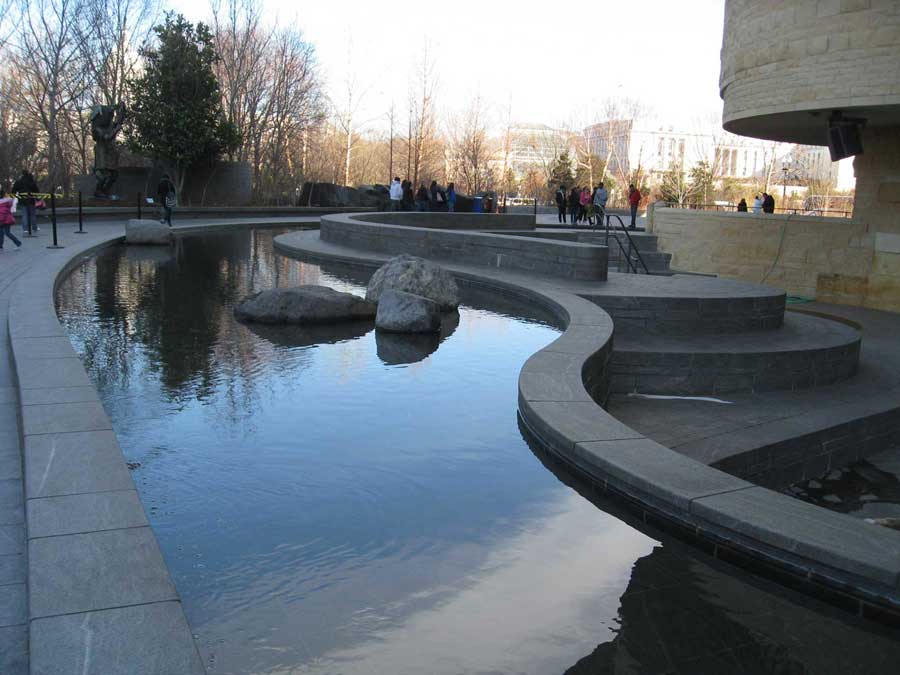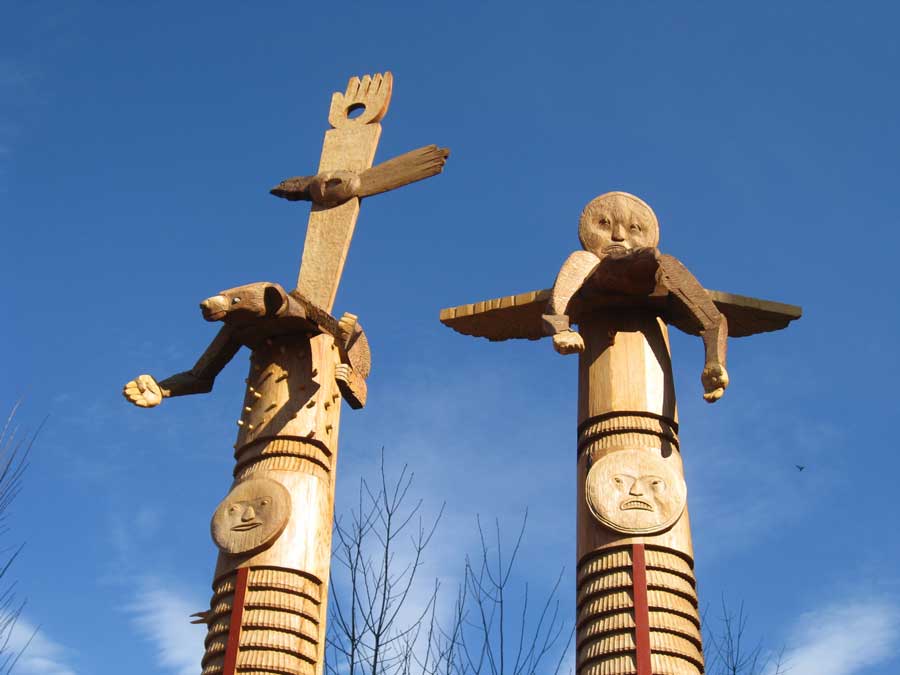
On the razor-thin borderline between the new and the old, we the people balance on this elusive current moment.
It changes constantly, as do we. Our efforts to hold onto the moment, to capture the past, or predict the future, generally fall short. Yet we keep trying. I like that about us.
Here in D.C. there’s a lot of emphasis on the present, in the form of news. Yet the rush of time is such that nothing has a shorter shelf life than news. Today becomes yesterday, and the ravenous public looks for what’s next.
Among the more inspiring aspects of life in the nation’s capitol is the reverence given to our shared history—the good, the bad and the ugly.
The good is easier to take, of course. The glories of the art museums, the beauty of the landscape, the pride in our heroes—these things are evident in the war memorials, the grand presidential monuments, and such.
But those parts of our history which are more painful and shameful to recall are also on display, lest we forget the cost paid by some, and the debts we can never repay.
The National Museum of the American Indian (NMAI), one of the relatively newer structures on the National Mall, stands out from its mostly marble neighbors. Its striking golden stone facade and sweeping curvilinear architecture instantly bring to mind the grandeur of the American Southwest. But inside, the scope of the museum extends even farther, from the Arctic Circle to Tierra del Fuego, representing the collected histories of all the indigenous peoples of the Western Hemisphere.
It’s an overwhelming subject, and for someone like me, of Scotch-Irish heritage, something of a guilt trip. The native people who lived on and cared for this land we all love were systematically forced off it by the pioneers, most of whom came from Europe.
We who have overrun this land in the past four hundred years haven’t done such a swell job of preserving it. The Dust Bowl springs to mind.
But for this very reason the NMAI is an invaluable resource to educate and preserve the history and the spiritual heritage of the remarkable country in which we all live.
Monuments to heroes are all well and good. But even more important are the memories and history of our shared past. Where we will end up remains a mystery. But if we can at least remember where we came from, and how we paid for the trip, perhaps we can be mindful not to waste what we have left.
